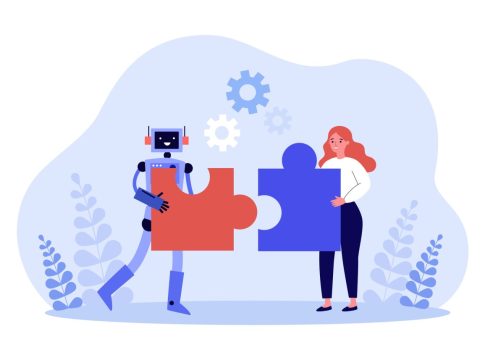The Real Role of AI Chatbots in Emotional Support: A Closer Look at User Behavior
A Shift in Perception
In the age of digital conversations, the prominence of AI chatbots in emotional support discussions has sparked curiosity. However, a recent report from Anthropic, the creators of the Claude chatbot, reveals that the actual extent of this phenomenon may be overstated. Instead of being commonplace partners in companionship, users rarely seek emotional support through Claude, using it for such purposes only about 2.9% of the time.
Unpacking User Interactions
Anthropic’s comprehensive analysis of 4.5 million user interactions with its Claude model sheds light on how people are really engaging with this technology. Contrary to the narrative of AI chatbots as digital confidants, most conversations predominantly focus on work-related needs, particularly in content creation and productivity.
- Companionship & Roleplay: These aspects constitute a mere 0.5% of all chats.
- Affective Conversations: Many users often turn to Claude for coaching, interpersonal advice, or counseling—topics mostly centered on mental health and professional development.
When Conversations Shift
Interestingly, the nature of conversations can evolve. In moments of emotional distress—such as feelings of loneliness or anxiety—users may find themselves seeking companionship, even if that wasn’t their original intent. Anthropic notes that extended conversations can sometimes transition from seeking advice to forming a more personal connection.
Insights on Chatbot Behavior
The report also highlights an important aspect of Claude’s functionality: it rarely resists user requests, provided they don’t cross predetermined safety boundaries. This flexibility can create a sense of rapport, yet it raises vital questions about the reliability and ethical constraints of such interactions.
The Journey Ahead
As AI technology continues to evolve, it’s essential to keep this context in mind. While tools like Claude offer fascinating capabilities for personal development and advice, they are not without flaws. Issues such as misinformation, “hallucinations,” or inappropriate content remain prevalent.
To draw historical parallels, we can look back at the early days of digital assistants—once seen as futuristic, yet often limited in their understanding of nuance and emotional intelligence. Today’s AI chatbots, like Claude, represent significant progress, but the journey is far from complete.
Conclusion: Understanding the Landscape
As we navigate this complex landscape of AI and emotional support, it’s crucial to remember that while chatbots can serve as helpful resources, they are not substitutes for genuine human connection. They can provide support in certain contexts, but their limitations remind us of the importance of maintaining human relationships for emotional fulfillment.
In summary, while the allure of AI companionship is compelling, Anthropic’s findings highlight a more grounded reality: AI chatbots are primarily tools for productivity, and their role in emotional support is still in its infancy.

Writes about personal finance, side hustles, gadgets, and tech innovation.
Bio: Priya specializes in making complex financial and tech topics easy to digest, with experience in fintech and consumer reviews.

